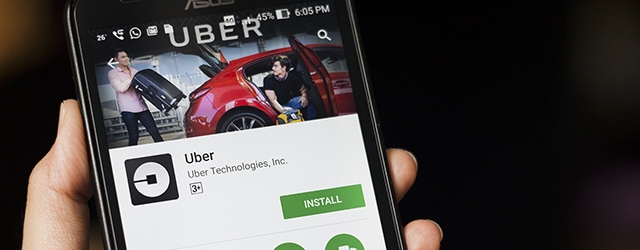Uber is moving aggressively into payments.

The October launch of Uber Money, a new division that will offer a digital wallet as well as upgraded debit and credit cards, will enable the company’s million-plus gig economy drivers and couriers to get paid instantly at the end of each trip.
“Uber is but one of the most recent entries into the increasingly crowded non-bank payments provider market,” observes Andy Schmidt, vice president of Global Financial Services at CGI. “They already have a well-identified target market that numbers in the millions—their drivers.” Uber has been testing financial services for its drivers, such as no-cost overdrafts up to $100. The company is looking to expand its microloans, already used by drivers in Brazil, India and Peru.
Schmidt says Uber’s move into financial services creates a needed new revenue stream for the company while promoting “financial inclusion.” Many in the banking industry have remarked on the “Uberization” of banking over the past five years, whereby payments became invisible and automated, driven by apps and APIs. Even so, close to half—40%—of Uber’s payments worldwide are still made in cash.



